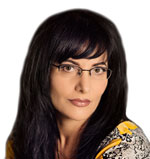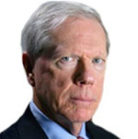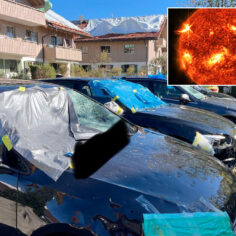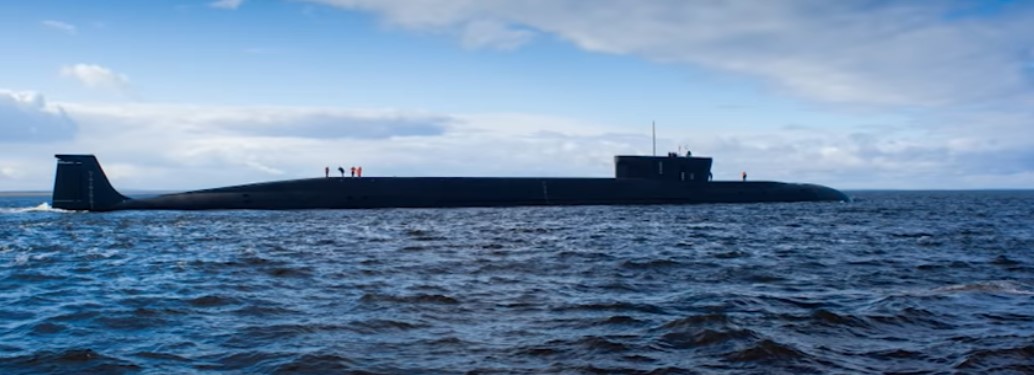Belgorod: Russia’s submarine is making waves
On April 23, 2019, a ceremony was held at the arsenal of Severodvinsk, the Russian naval base on the White Sea in the Archangel Oblast, for the new nuclear-powered submarine destined for special missions.
Published: November 27, 2019, 7:47 am
The K-329 Belgorod (project 09852) has become part of the 29th Autonomous Brigade of the Northern Fleet, but it is in effect dependent on the Glavnoe Razvedyvatel’noe Upravlenie or the Russian military information service.
The sub was designed to act as a “mother ship” for other smaller submarines, such as Losharik, and above all it can carry the new retaliatory weapon of Russia: the Poseidon nuclear-powered torpedo, capable of destroying a city by generating an artificial tidal wave with its atomic charge of two megatons.
And the Belgorod is by far larger than anything operated by any other naval force, including the US.
The modified sub is derived from what is known in the West as the Oscar II class (Project 949A Antey in Russia) but the submarine, as already mentioned, is very different from those belonging to this class of SSGN type naval units.
First the hull is larger: its dimensions are 178 meters (compared to the 154 of the Oscars II and longer then the old Typhoon classes) in length by 15 meters of maximum width (narrower than three meters), with a total displacement, under water, of 24 000 standard tons (30 000 at full load) instead of, respectively, 16 400 and 24 000 of the other units.
The propulsion is of a nuclear type assured by two pressurized water reactors of the type OK-650M.02 capable of delivering a power of 190 megawatts each, through two steam turbines, to two propellers of new design that should guarantee the submarine’s almost complete silence.
It is believed that the maximum speed is less than 32 knots and that the operating depth is the same as the SSGN from which it derives, ie around 500/520 meters. The estimated crew is more numerous than the Oscars II: 110 men instead of 94.
The most important changes are the elimination of the compartment with launch tubes for cruise missiles to make room for a new sector, about 18 meters long, able to accommodate submarines for special operations such as the Losharik or the Paltus. And at the bow – this is also longer than a normal one of an Oscar II class – there is a new compartment (38 meters long) that serves to operate with the new nuclear-powered atomic Poseidon torpedoes. The Belgorod in fact, has six rotating torpedo tubes – as in a revolver gun – able to accommodate them.
Simply put, the submarine will be armed with largest torpedoes in the world with atomic propulsion systems.
This transformation project started in 2010 while the actual construction officially started in 2012. The submarine, along with other units for special tasks, operates on behalf of GUGI, the Chief Directorate for Deep Marine Research. To carry out espionage operations, mapping of the seabed and sabotage, the Belgorod was designed to accommodate the entire range of underwater minisubs and drones (UUV – Unmanned Underwater Vehicle) in service in the Voenno-morskoj Flot (the Russian Fleet).
The Poseidon atomic warhead and nuclear propulsion torpedo was already known as Kanyon or Status-6. Developed by the Rubin design bureau of St. Petersburg, the torpedo is about 24 meters long with a diameter of 2 (estimated).
The atomic propulsion is provided by a small 8 megawatt liquid metal cooled reactor which allows it to hold a cruising speed of around 30 knots – equal to 55 km/h – but with acceleration speeds up to 70 knots, equal to 130 km/h (the first estimates of maximum speed equaling 100 knots were later denied).
The range, despite the nuclear reactor, could be between 10 000 – 11 500 km, but some believe it is unlimited.
If these characteristics were confirmed it would mean that the Poseidon would be very difficult to intercept for Western naval forces: the torpedo currently supplied to the US Navy – the Mk-48 – has in fact a maximum range of 55 km and can reach a depth of only 800 meters.
It would be interesting to know what kind of navigation tools there are on board, but for the moment analysts can only make assumptions based on deductive reasoning: if the Poseidon has the possibility to accelerate automatically to evade enemy attacks it is reasonable to suppose that it is equipped active/passive sensors to change their navigation profile to avoid enemy torpedoes.
Secondly it could be that, given the very long range that would allow it to be launched from the waters adjacent to Russia and given the operational depth of 1000 meters, the navigation instruments are inertial with the help of preset maps and data supplied by the submarine at the time of launch.
It is believed that the giant Russian sub is able to also have a mission profile different from that which foresees the launch from a submarine. Some analysts believe that the Poseidon can be carried by a support vessel and remain waiting to take action by standing still on the seabed.
The torpedo, according to unconfirmed American sources, could also have the possibility of being equipped with a cobalt-60 casing for the warhead, a particularly radioactive artificial isotope (its half-life is 5,7 years) that would kill all life by contaminating the environment with high values of radiation for about 10/20 years, but that could spread on a large scale given the power of the bomb that would generate a tsunami that would submerge American coastal cities.
Given the characteristics of the weapon system, it makes it the perfect instrument of retaliation. The Poseidon could, in fact, overcome the American and NATO defenses by being launched from seas contiguous with Russia, allowing the naval units to remain in friendly waters sheltered from hostile activity.
The torpedo would proceed in its race towards the targets managing to hit a city like New York starting from Murmansk after 36 hours thus becoming a weapon of retaliation, or of second strike, against which there would be no defense. However, the strategic concept of a weapon of this type is not new, having been conceived by Andrei Sakharov in the 1950s in the Soviet Union.
Russia currently has a second unit under construction with tasks similar to Belgorod but derived from a different class of submarines: the Khabarovsk (project 09851) similar to the new Borei class but shorter than this which theoretically should have six Poseidon torpedoes as equipment to enter service not before 2020.
The Khabarovsk is estimated to be 120 meters long by 13 meters wide (for the main hull) therefore with a displacement of 10 000 tons on the surface. It too will be nuclear-powered with a reactor that will probably be of the ОК-650В type capable of pushing it at a speed certainly higher than 20 knots by means of a single propeller in axis.
We do not know the number of crew members and can only estimate its operational depth (between 400 and 500 meters), but from the preliminary drawings it emerges that the Khabarovsk will have two lateral protuberances on the hull which will probably serve to house the Poseidon torpedoes.
All rights reserved. You have permission to quote freely from the articles provided that the source (www.freewestmedia.com) is given. Photos may not be used without our consent.
Consider donating to support our work
Help us to produce more articles like this. FreeWestMedia is depending on donations from our readers to keep going. With your help, we expose the mainstream fake news agenda.
Keep your language polite. Readers from many different countries visit and contribute to Free West Media and we must therefore obey the rules in, for example, Germany. Illegal content will be deleted.
If you have been approved to post comments without preview from FWM, you are responsible for violations of any law. This means that FWM may be forced to cooperate with authorities in a possible crime investigation.
If your comments are subject to preview by FWM, please be patient. We continually review comments but depending on the time of day it can take up to several hours before your comment is reviewed.
We reserve the right to delete comments that are offensive, contain slander or foul language, or are irrelevant to the discussion.
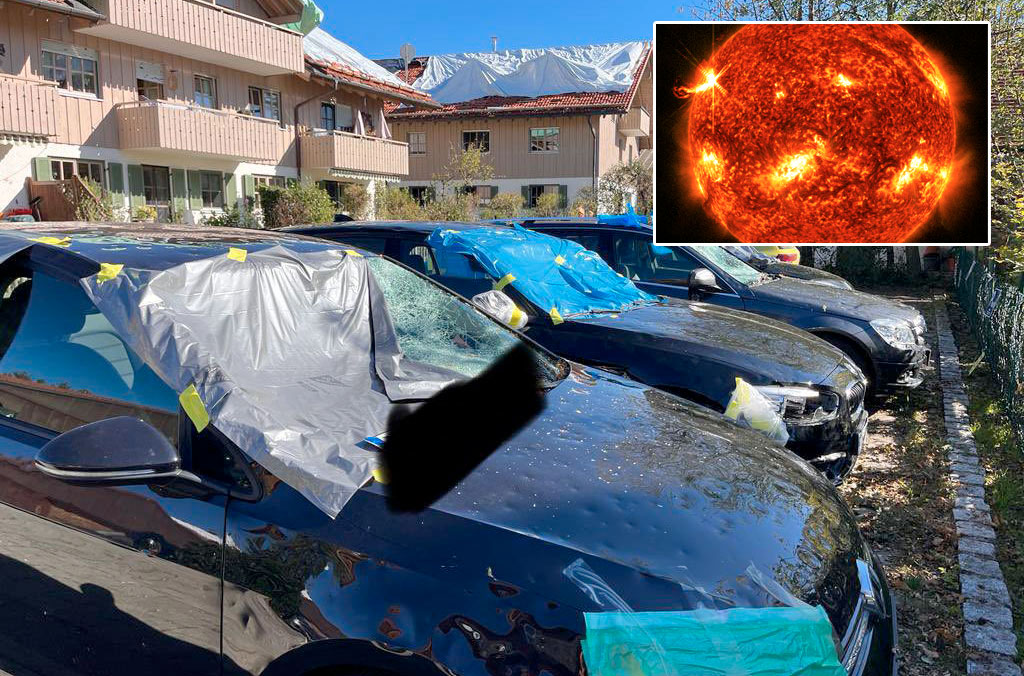
NOAA Predicts Zero Sunspots for Almost the Whole 2030s
CLIMATEThe United States' government scientific organization, the National Oceanic and Atmospheric Administration (NOAA), predicts zero sunspots from 2031 to 2040. This is an extreme situation that has not occurred in as long as humanity has been counting sunspots, and it leads us into uncharted territory in terms of our solar system. However, this prediction aligns with the warnings of the world-renowned solar researcher Valentina Zharkova for many years, who indicated in 2019 various signs of this catastrophic phenomenon, including the extreme hailstorms we have seen in Europe and the world this summer. The forecast and various observations this year give cause for very significant concern. In this unique analysis, Free West Media explains why.
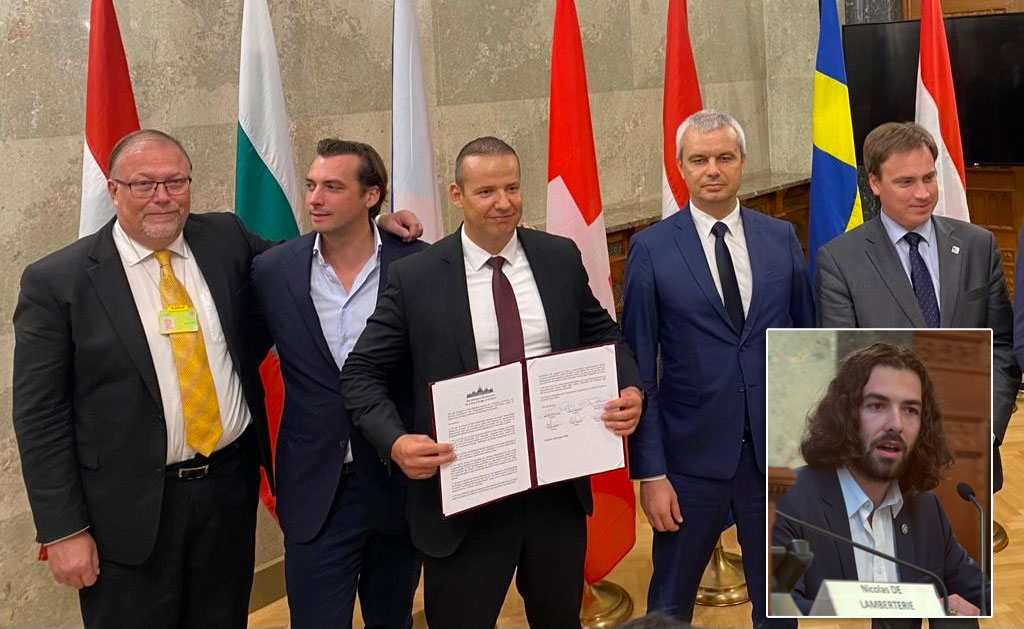
European Nationalist Parties Forge Cooperation Ahead of EU Elections
EUROPEAN ELECTIONSOn Saturday, August 26, representatives of six European nationalist parties gathered in Budapest. The meeting was initiated by the Hungarian party Mi Hazánk and took place in the national parliament. Representatives of the parties signed a joint declaration that not only reaffirms the parties' friendship but also their unity on a range of complex political issues. A surprisingly clear and radical manifesto was established. The hope is that this cooperation will lead to success in the EU elections and eventually result in the formation of a group in the European Parliament. For Swedish nationalism, this meeting marks a success as Sweden, for the first time, has a party represented in a leading nationalist cooperation in Europe. Free West Media was present at this historic event.

Turkey Believes Sweden Hasn’t Done Enough
Sweden will have to wait a bit longer for NATO membership, according to Turkey's Justice Minister Jilmaz Tunc. First, Sweden must extradite the "terrorists" Turkey wants and stop the desecration of the Quran.
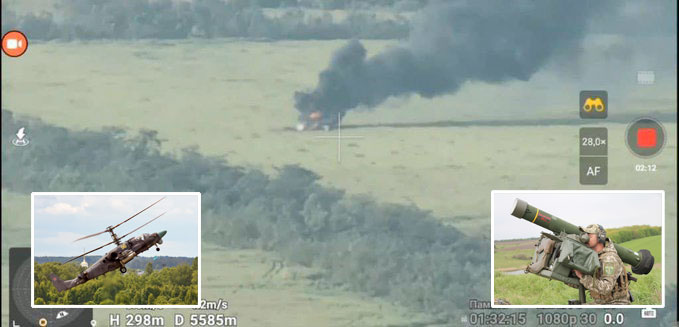
Swedish Weapon Takes Down Russia’s Best Attack Helicopter
The Russian attack helicopter Ka-52 is considered one of the world's best and has struck fear in Ukraine, where it has hunted down tanks and other armored vehicles, often beyond the range of many light anti-aircraft systems. However, it has met its match in the Swedish air defense missile system RBS 70, which has quickly led to significant losses for the Russian helicopter forces.

Strong Confidence in German AfD
Alternative for Germany (AfD) held a party conference on July 29-30 to select candidates for the upcoming EU election next year. EU Parliament member Maximilian Krah, belonging to the party's more radical, ethnonationalist faction, was appointed as the top candidate. The party's two spokespersons delivered powerful speeches criticizing the EU's failed migration policy and trade sanctions that isolate Europe and Germany from the rest of the world. They argued that it's time for the EU to return a significant portion of its power to national parliaments. However, they have dropped the demand for Germany to exit the EU.
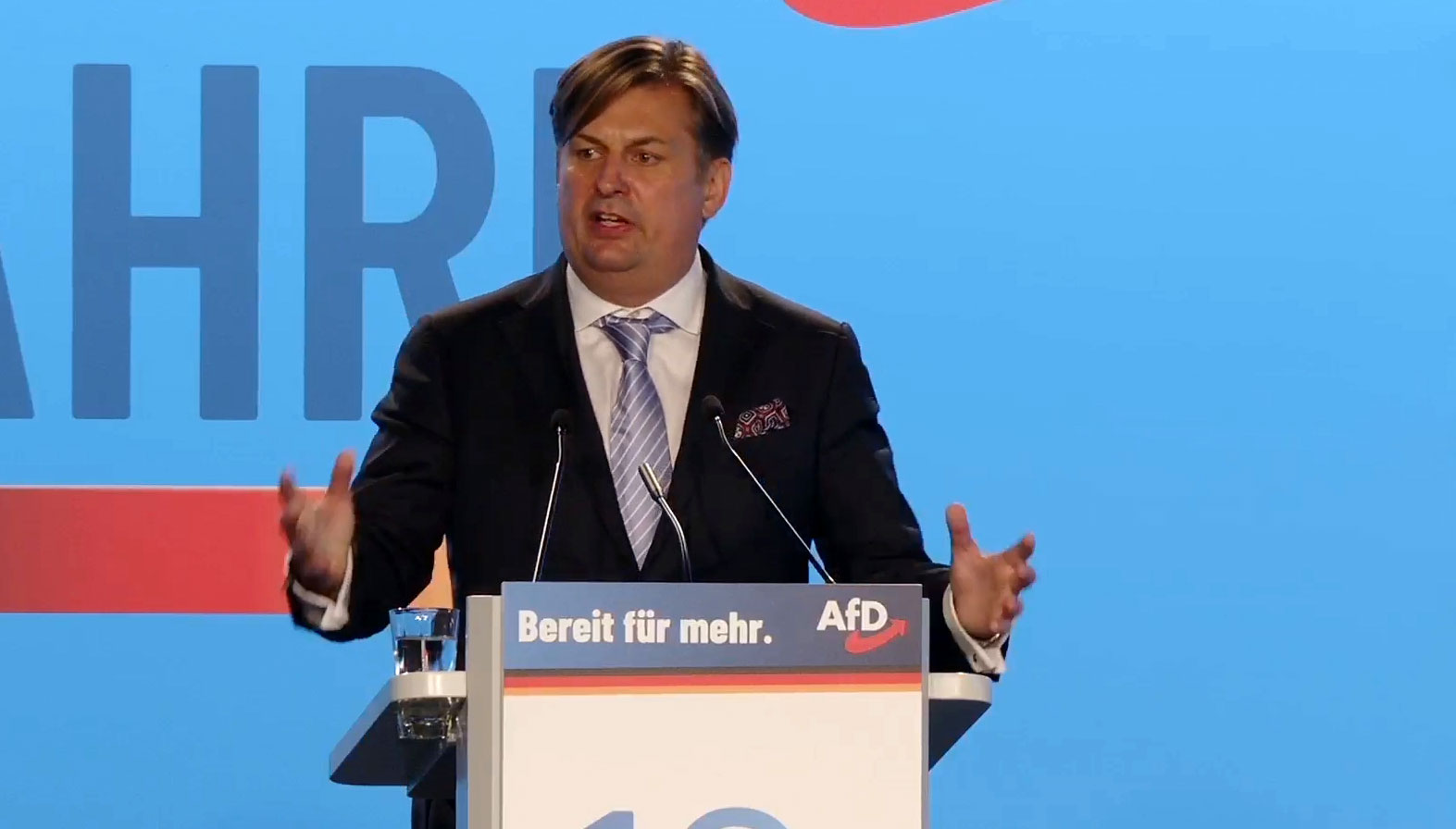
The Establishment Wants to Ban Germany’s Second Largest Party – for the Sake of Democracy
The rising popularity of AfD has raised strong concerns within the establishment. Despite lies and demonization in the media and isolation from the overall political establishment, the party continues to grow. Certain representatives of the party are accused of becoming increasingly "extreme," and in an unusual move, the influential weekly newspaper Der Spiegel demanded that AfD be "banned."

Dutch FvD break through the media blockade
What is happening in the Netherlands? It is often difficult to follow events in other countries, especially when distorted by system media. We give Forum for Democracy (FvD) the opportunity to speak out on the political situation in the Netherlands and the staunch resistance they face in trying to save the country.

The Ursula von der Leyen Affair
After a criminal complaint in Belgium against the President of the European Commission, the so-called SMS-case, now takes a new turn. The judge responsible for the investigation will likely gain access to the secret messages exchanged between Ursula von der Leyen and Albert Bourla, CEO of Pfizer, at least if they haven't been deleted.

Publisher of Unique Literature Worldwide Blocked by International Distributor
Arktos has distinguished itself by publishing groundbreaking philosophers and social critics. Now, the publisher's international distributor has abruptly terminated the cooperation, and more than 400 already printed titles cannot reach their audience. There is strong evidence that the distributor has been under pressure, something that has also happened in Sweden. We have spoken with Arktos founder Daniel Friberg about the ongoing struggle for freedom of speech in a shrinking cultural corridor.
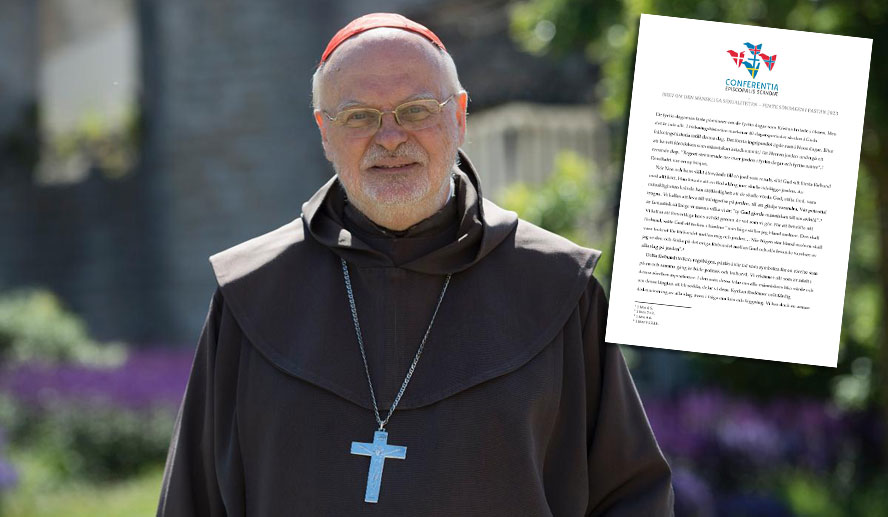
Care prompts bishops to criticize transgender ideology
The Catholic bishops of the Scandinavian countries presented an open five-page letter criticizing transgender ideology on March 21, just before Easter. The document primarily expresses care and advice and was read aloud in Catholic churches in Sweden, Norway, Finland, Denmark, and Iceland. Cardinal Anders Arborelius, Bishop of Stockholm, is one of the signatories of the document.


